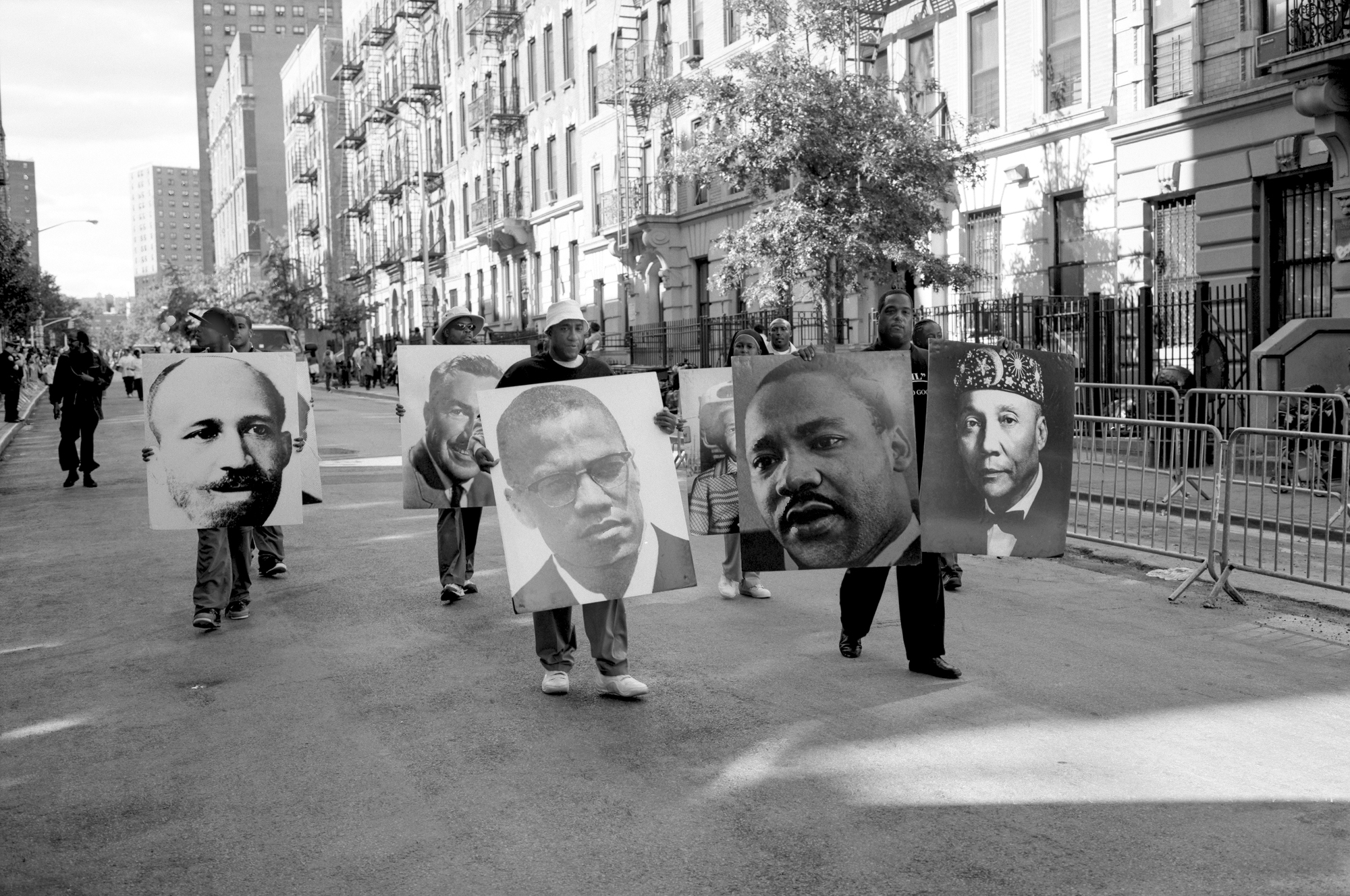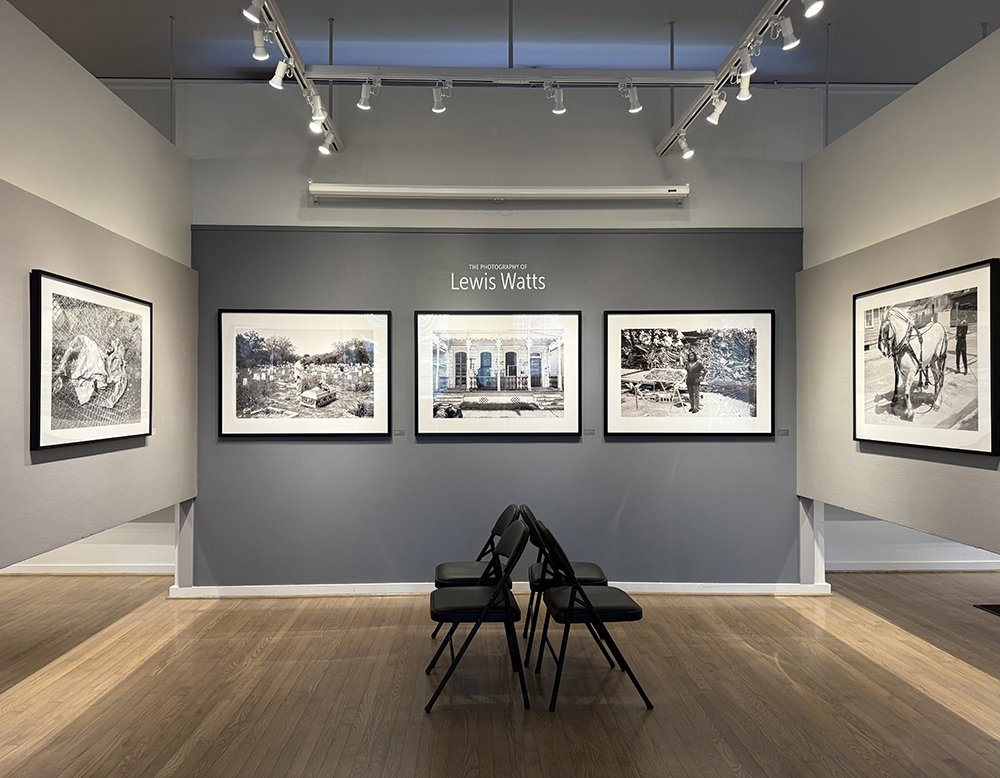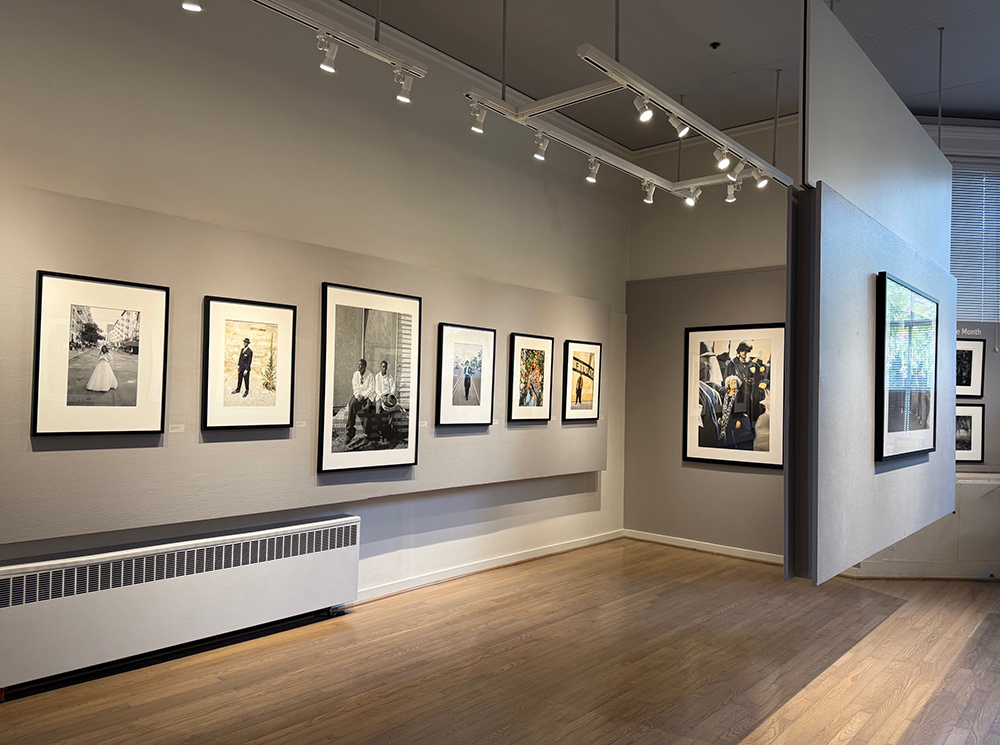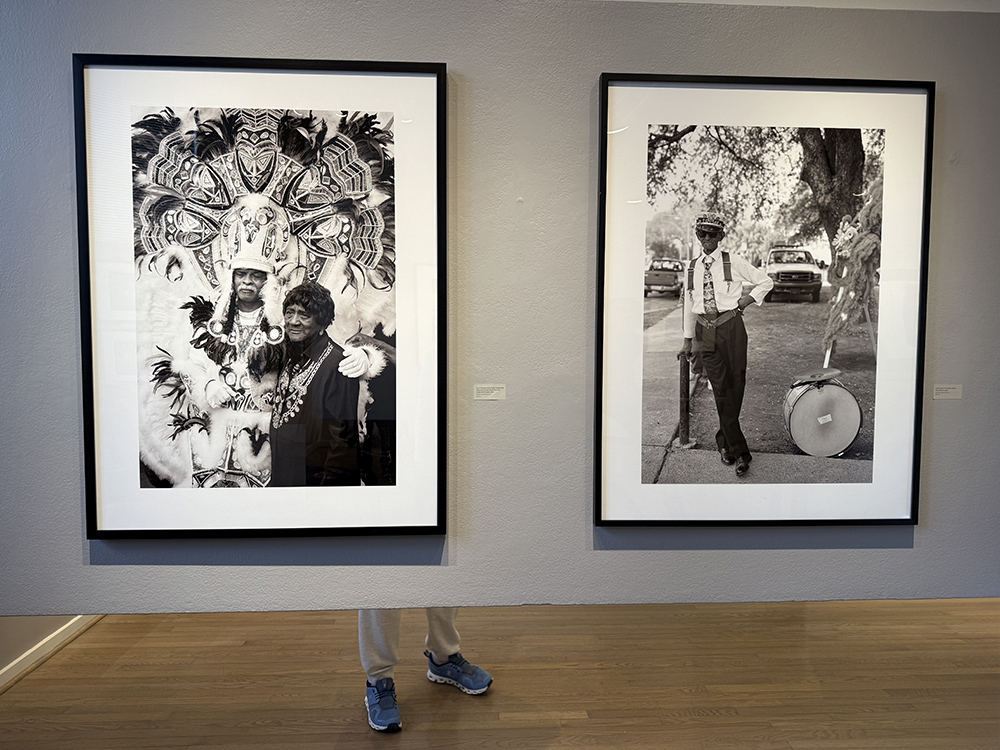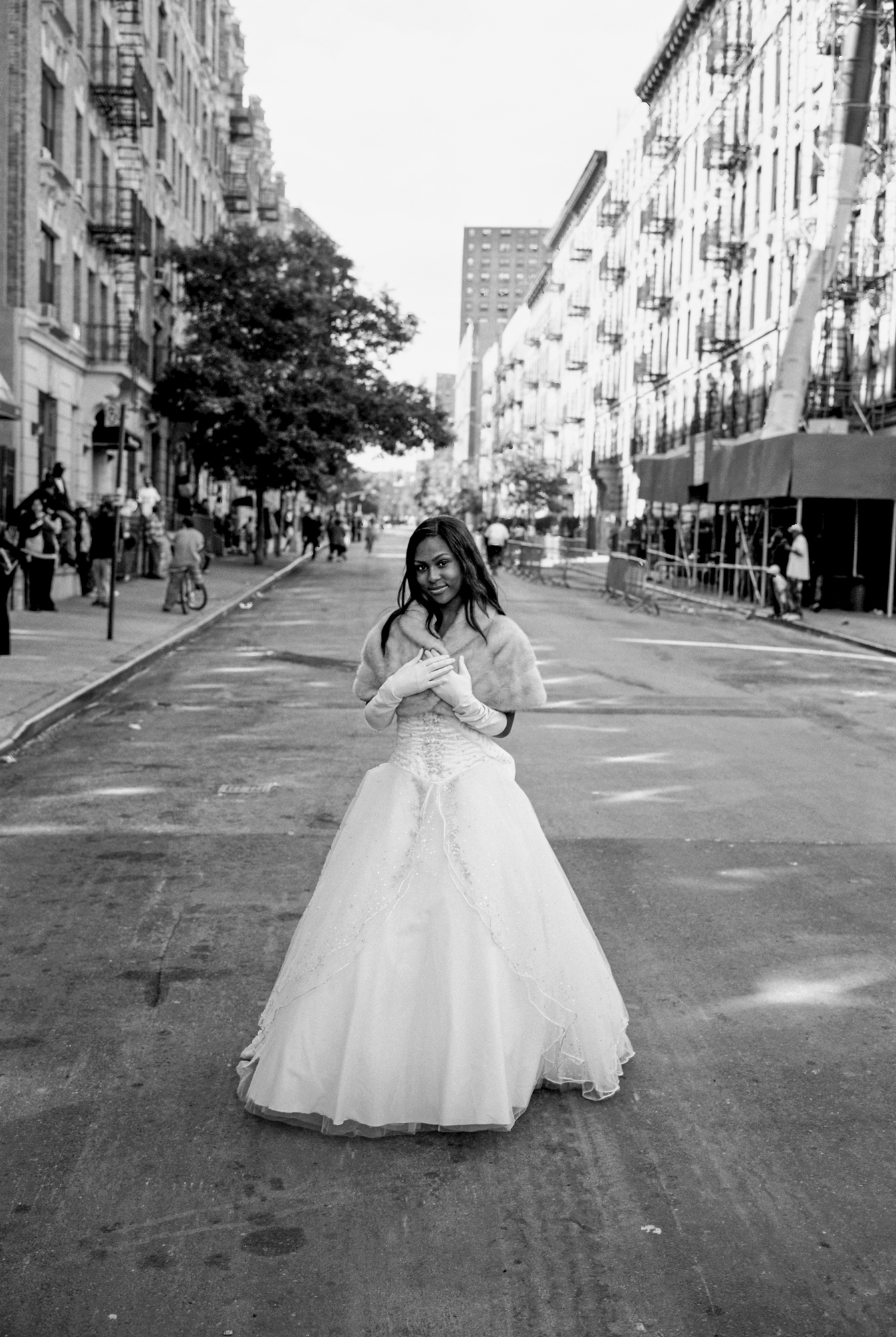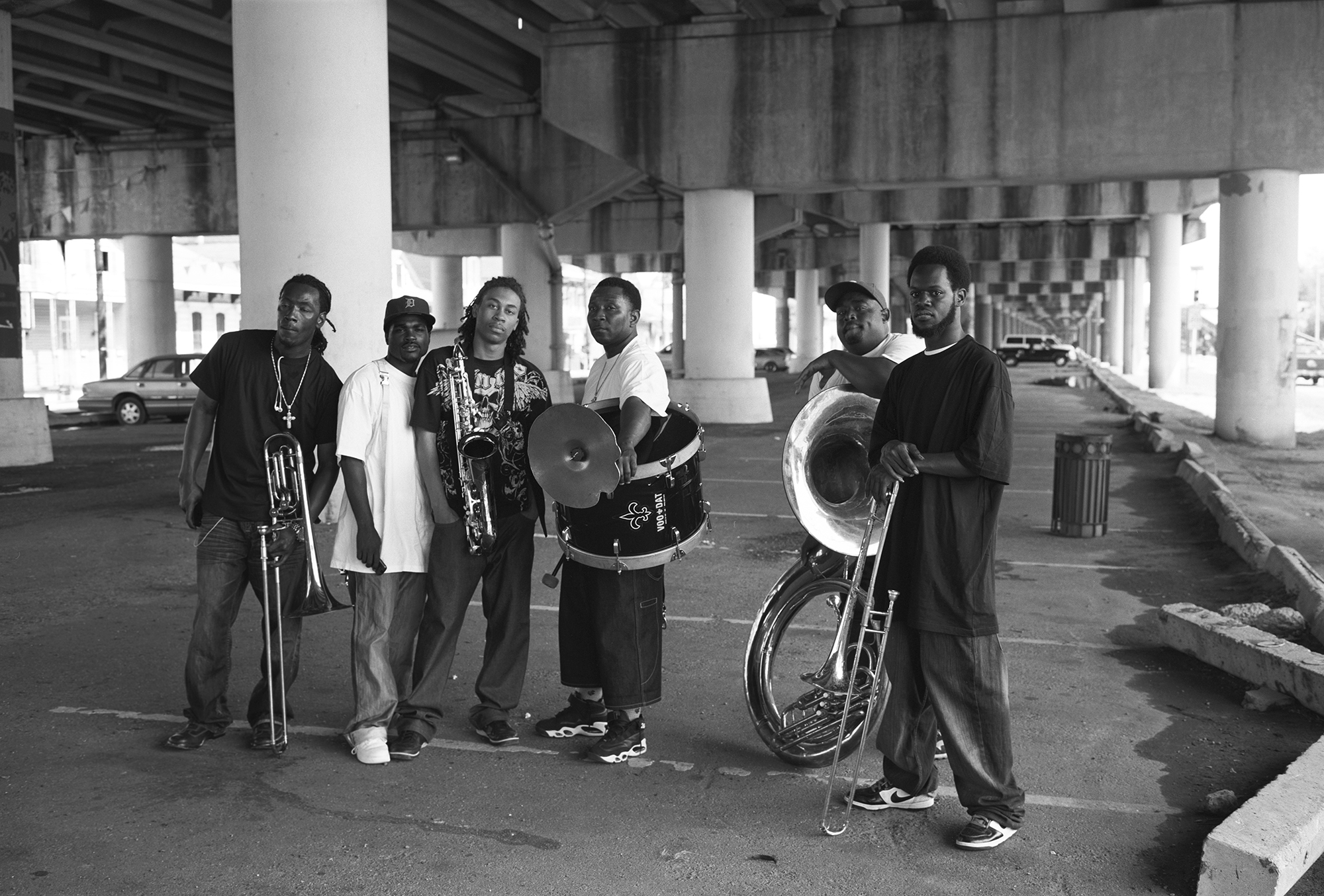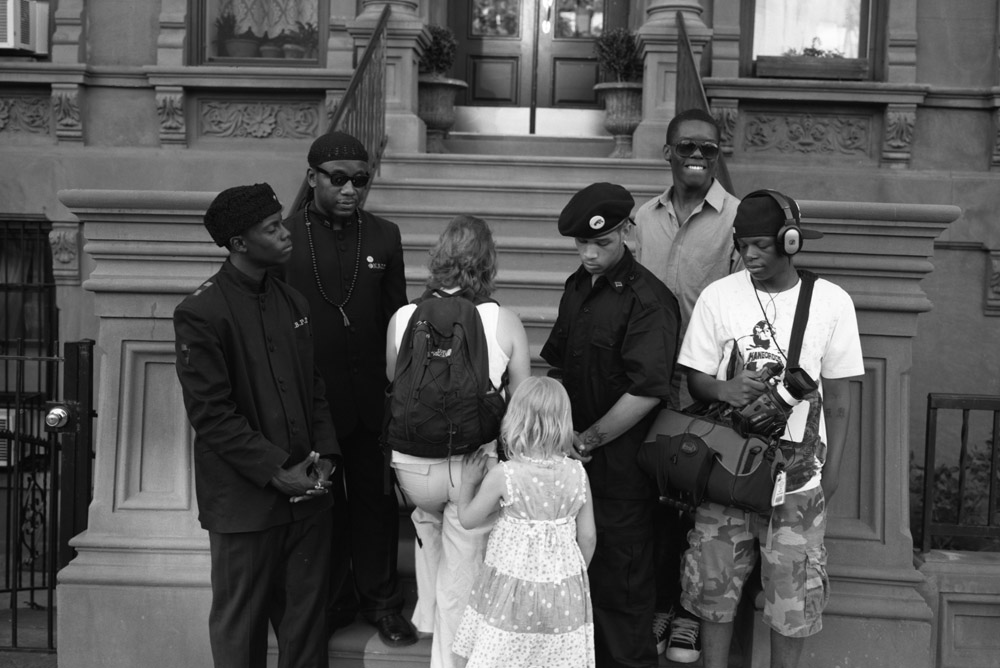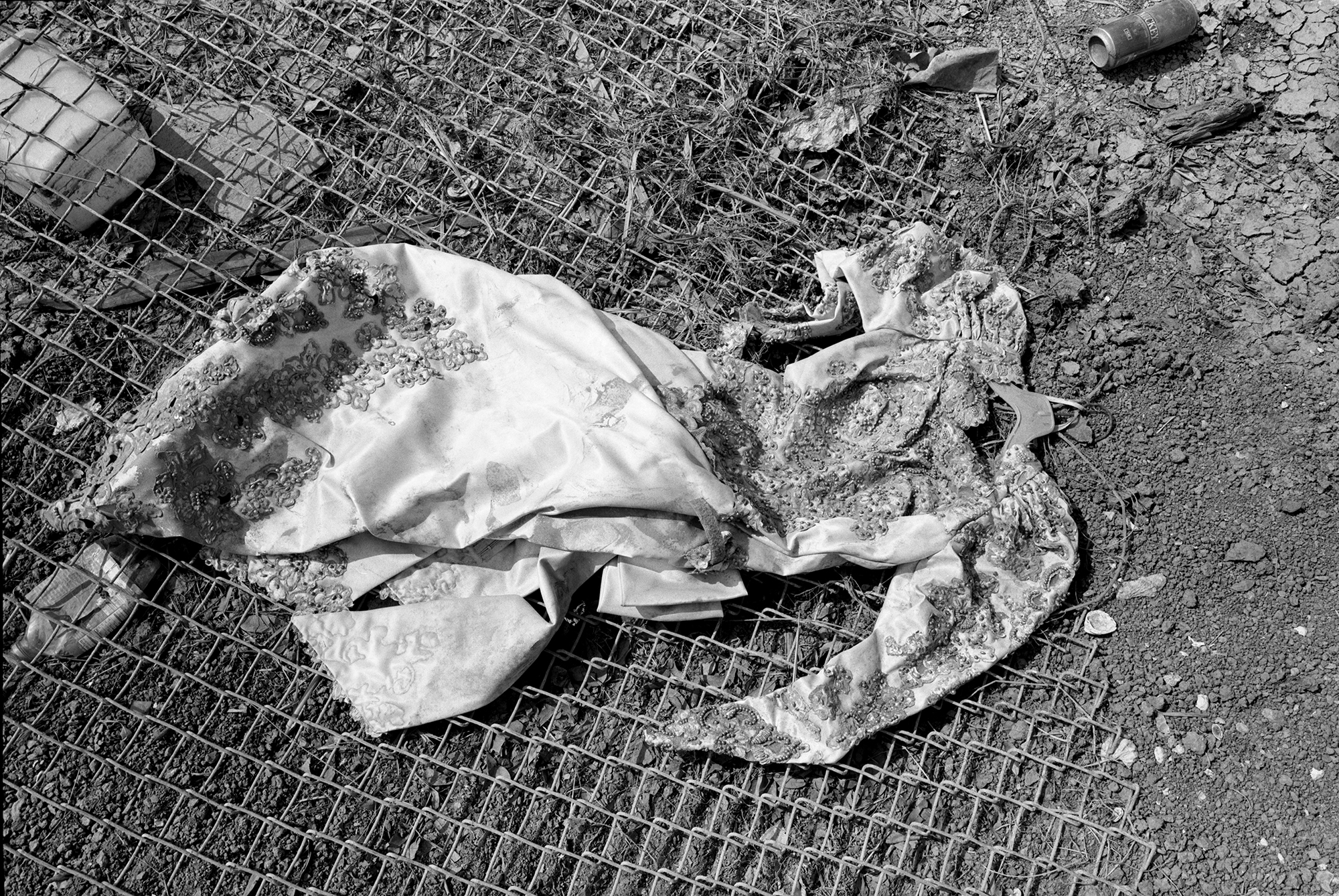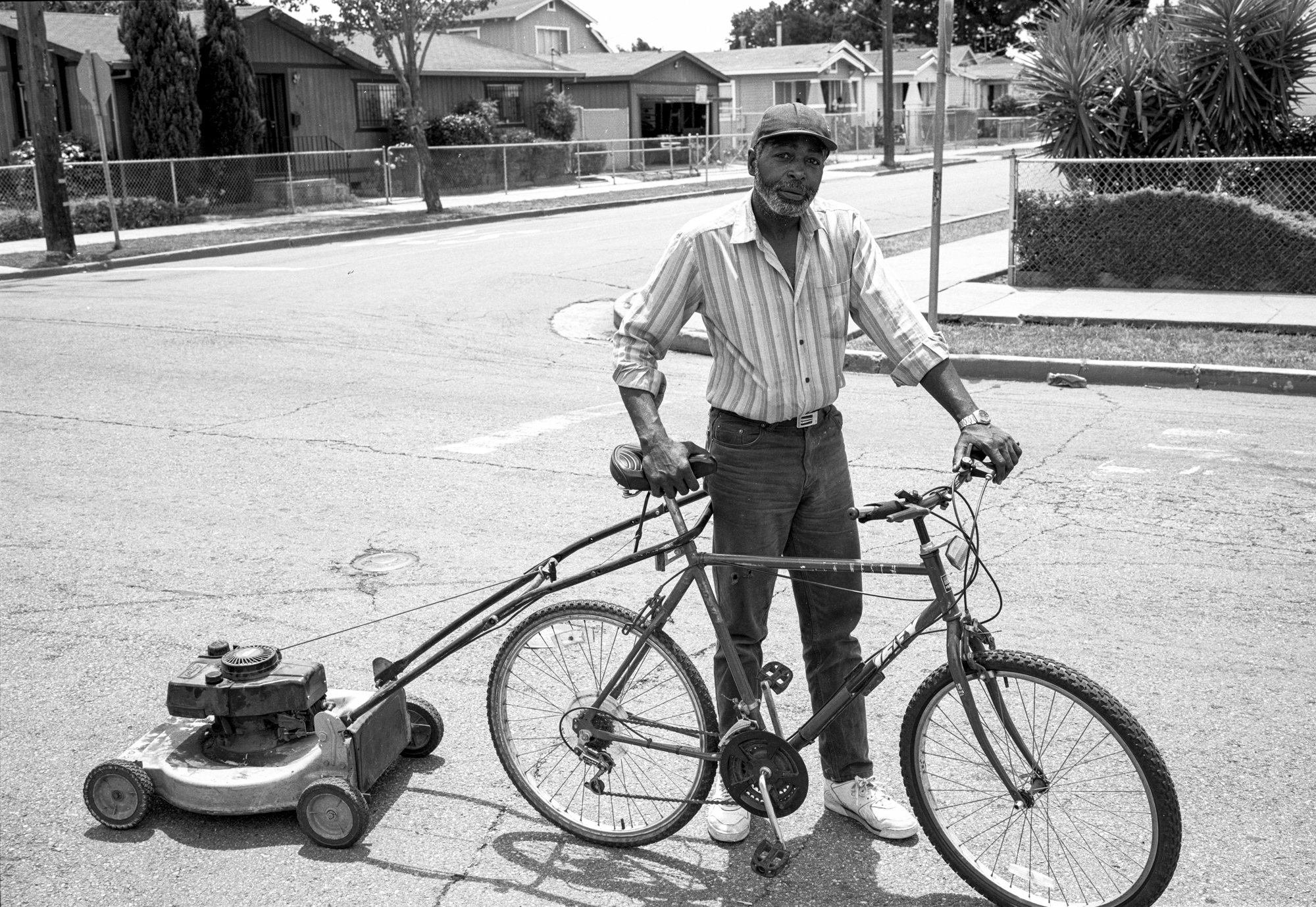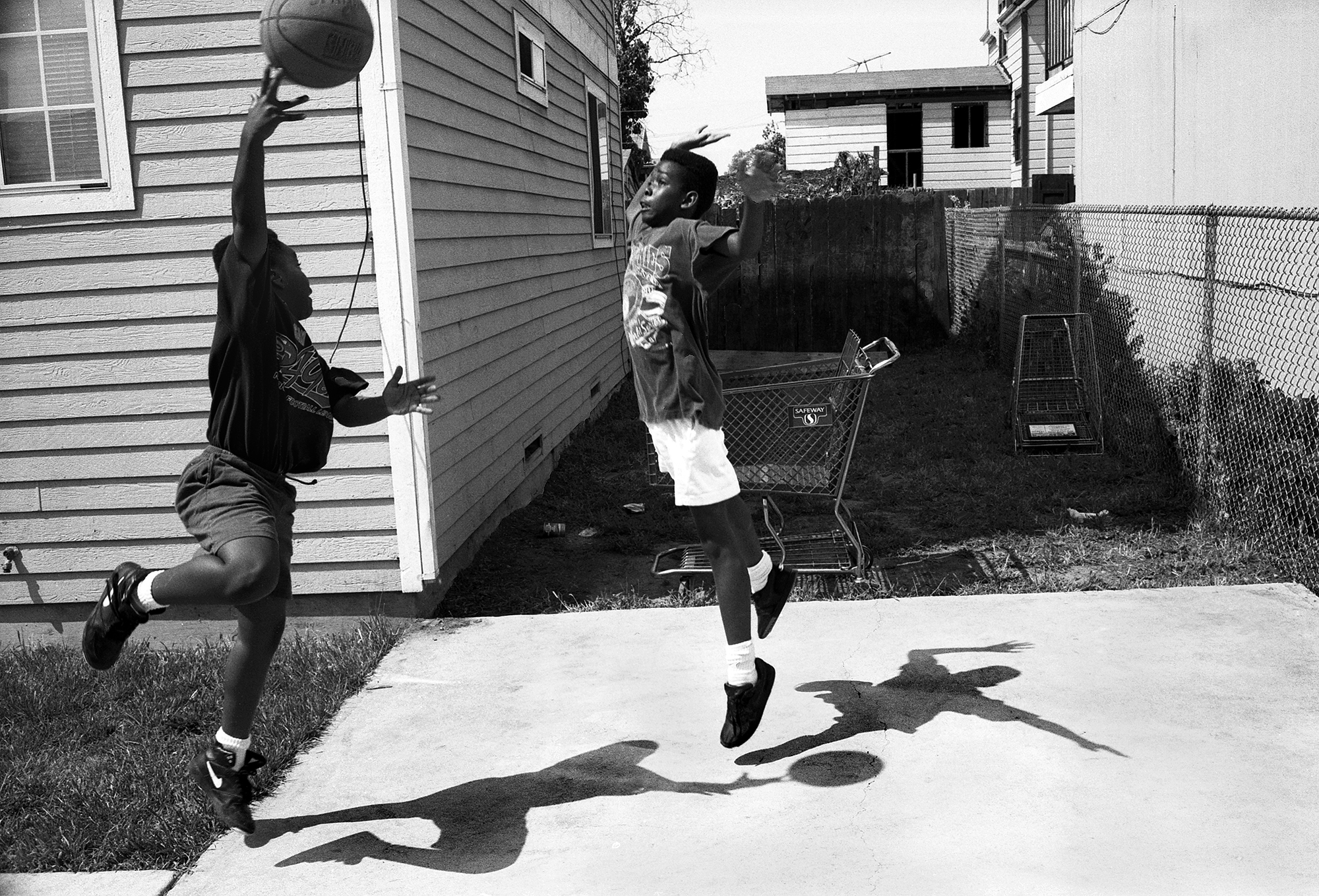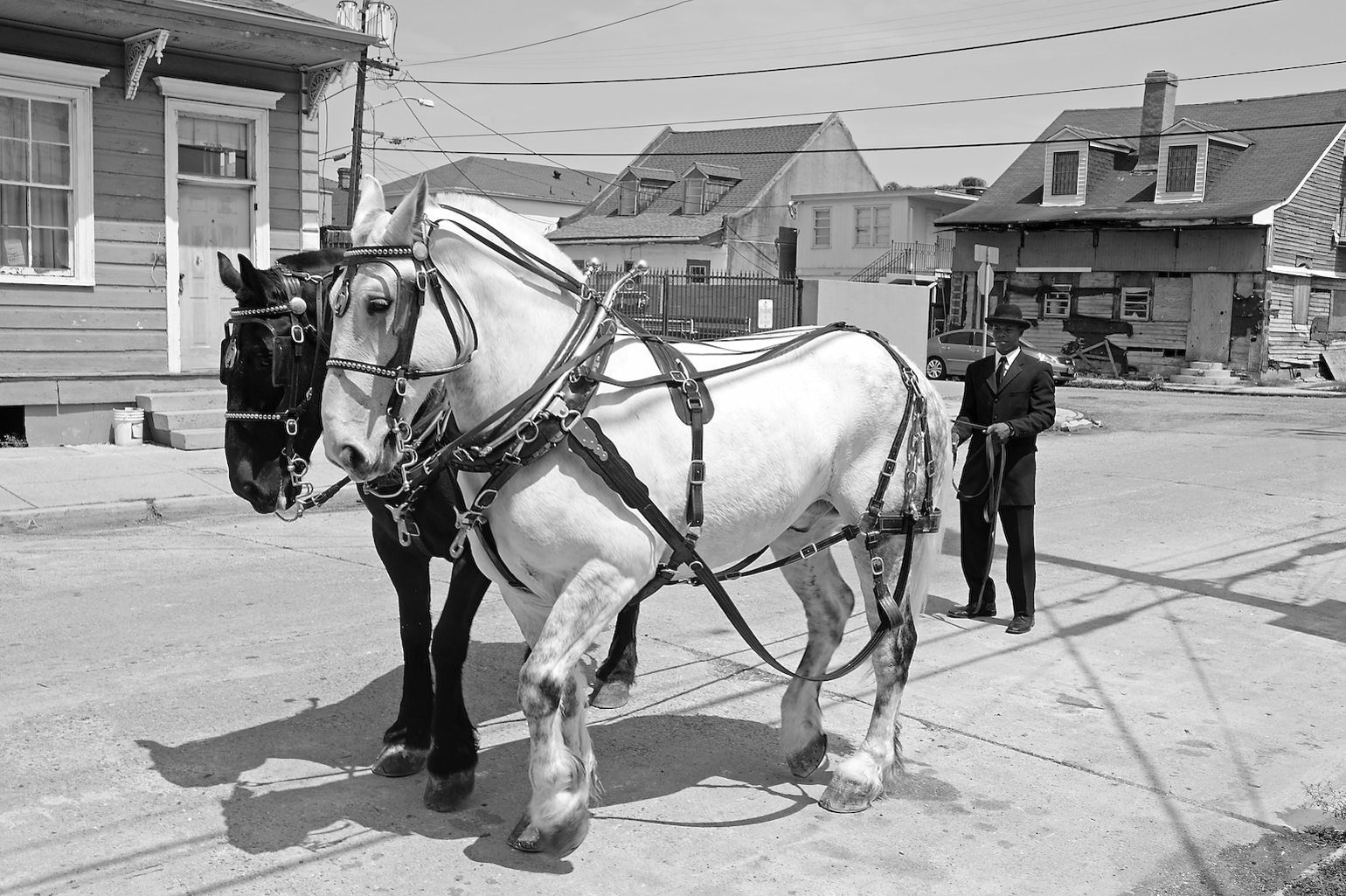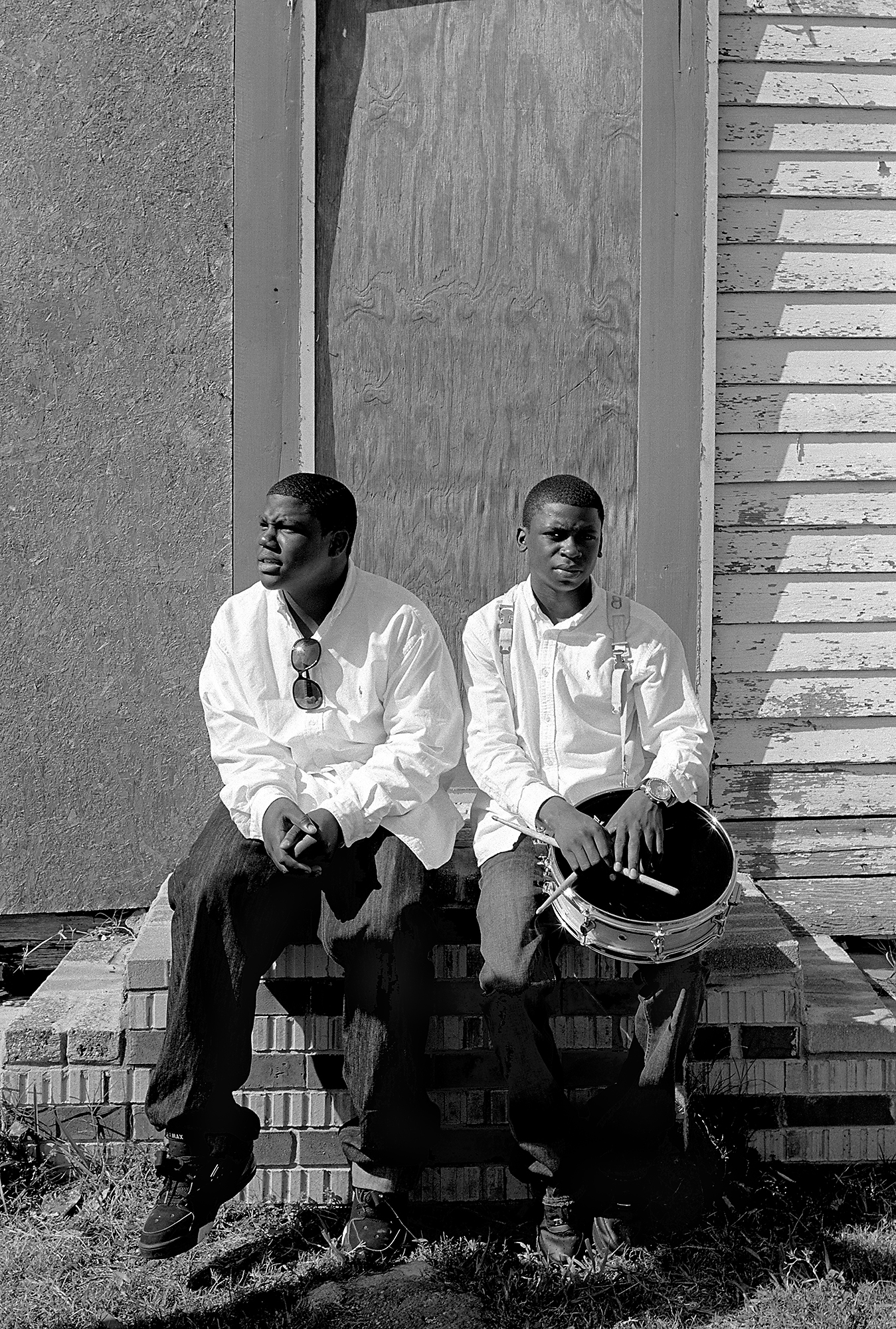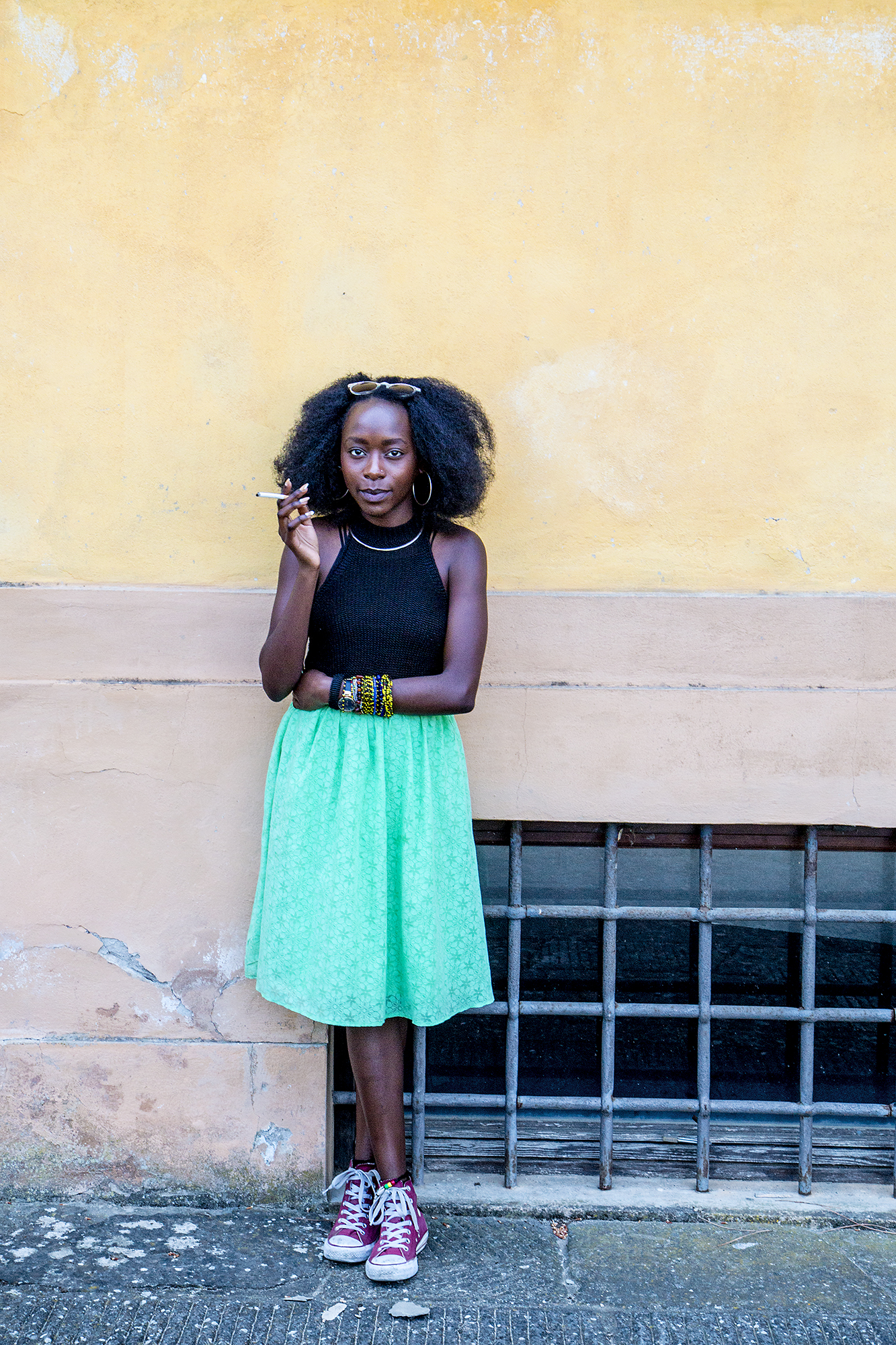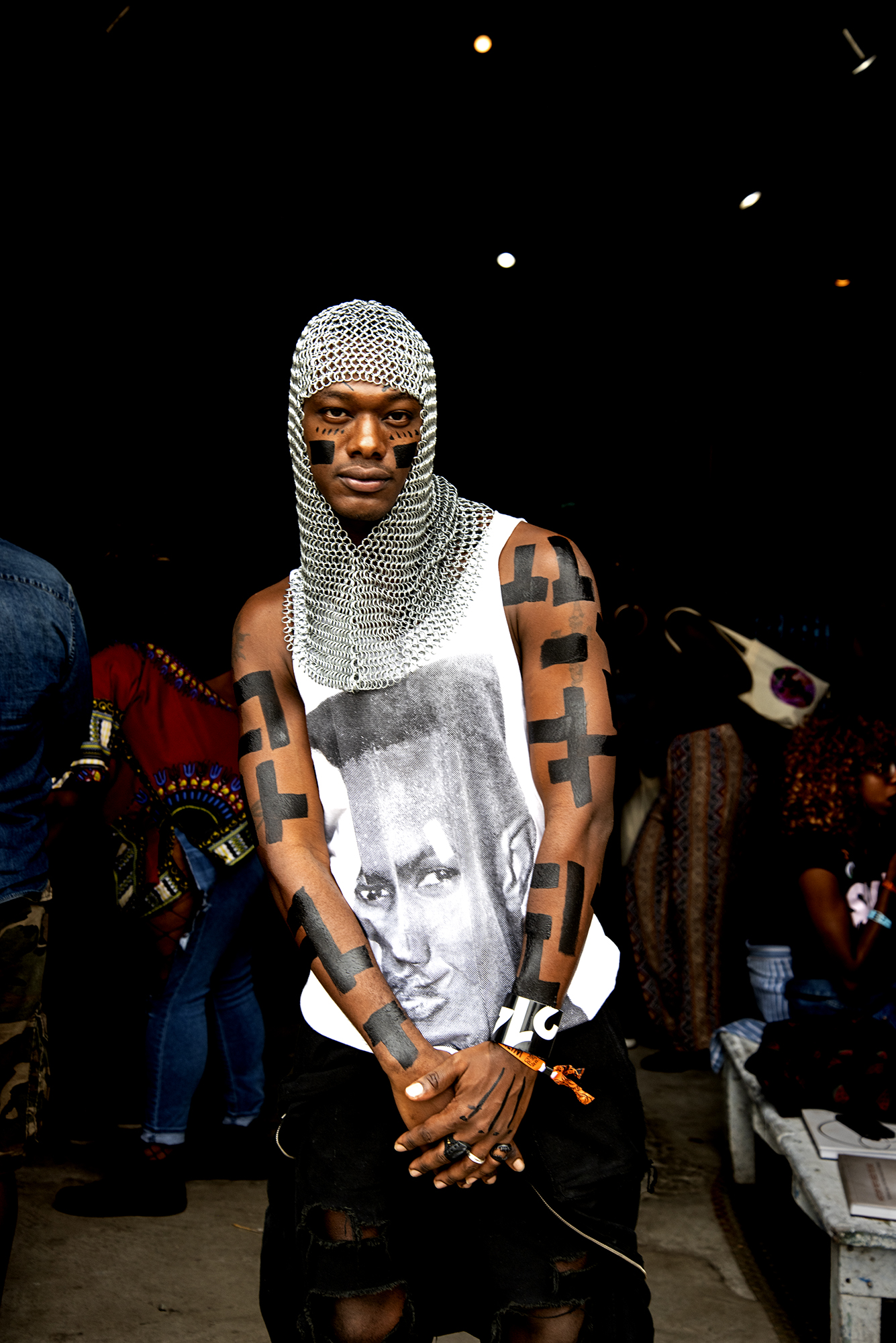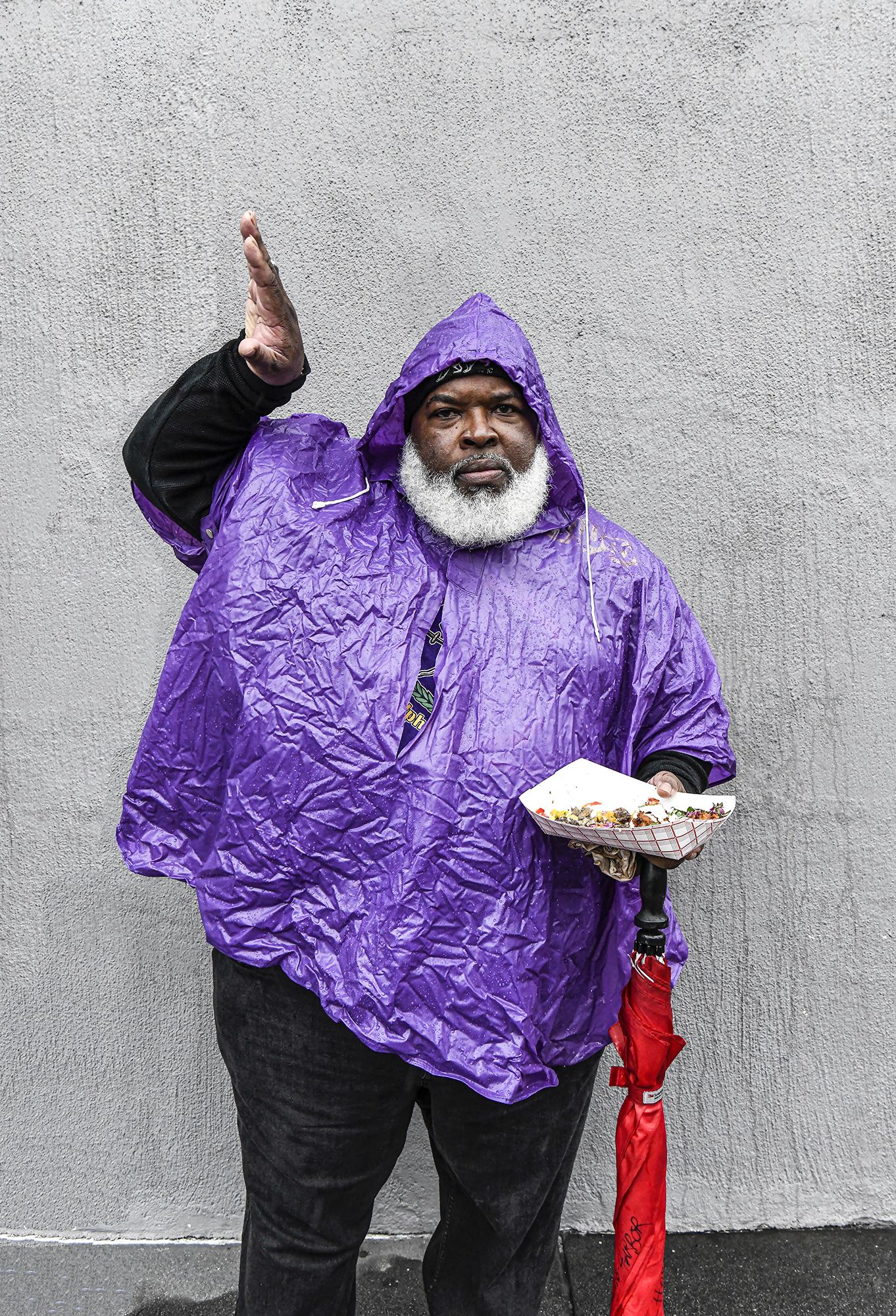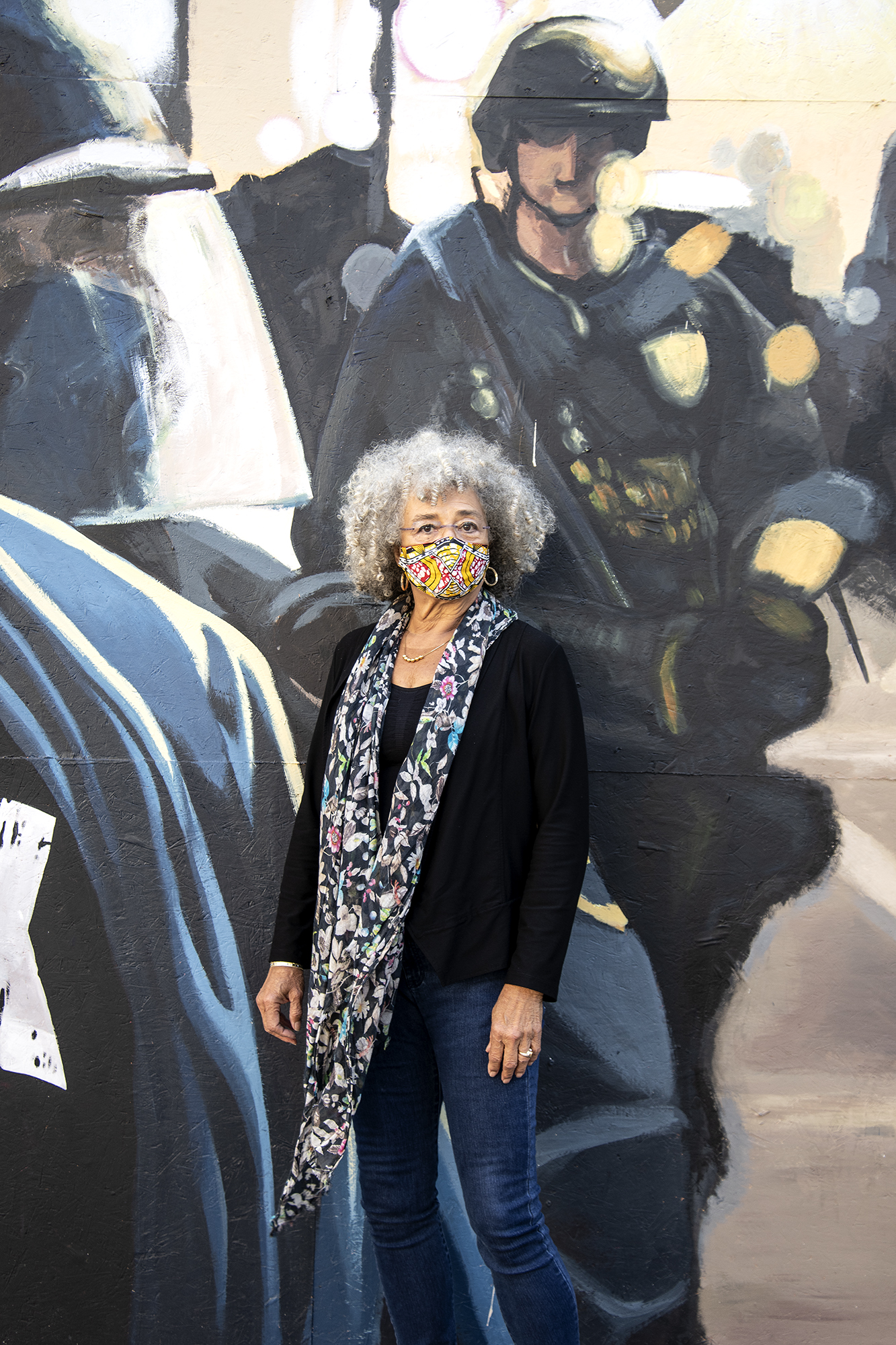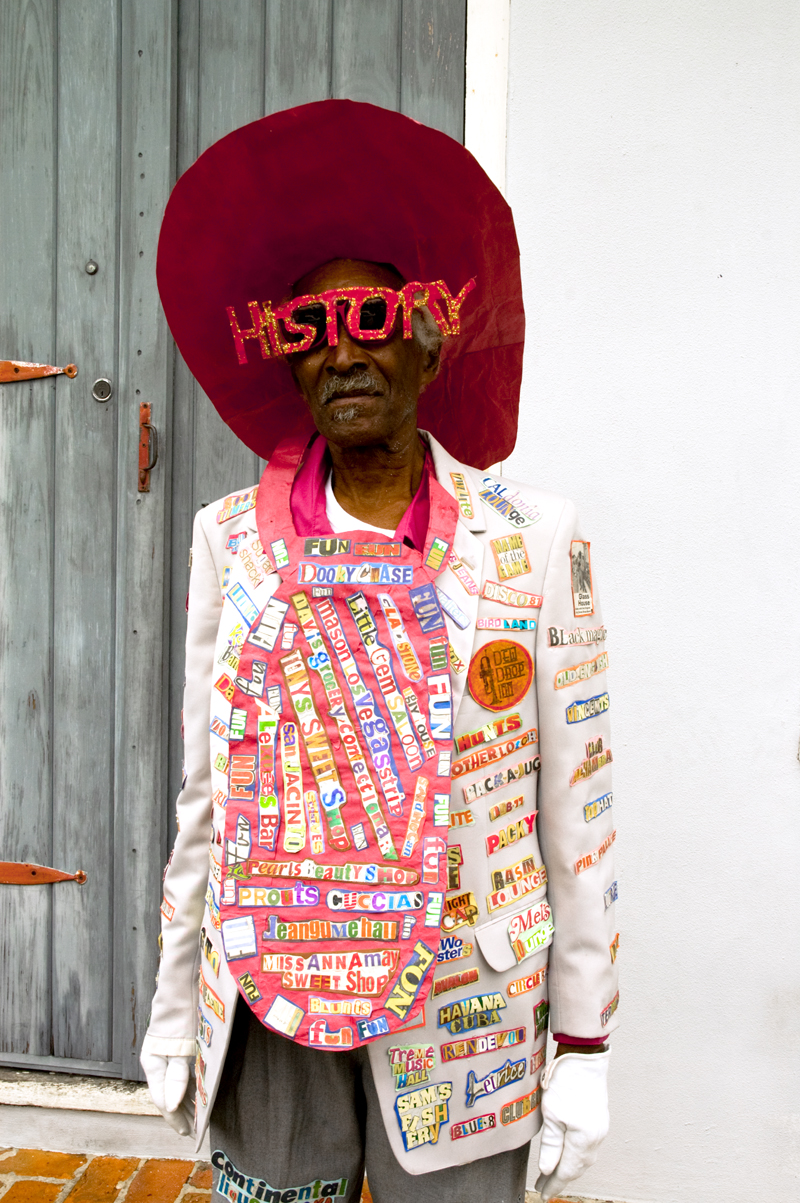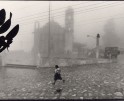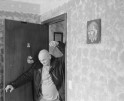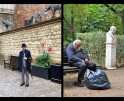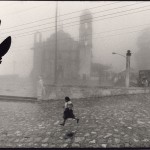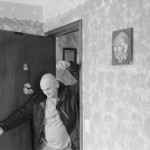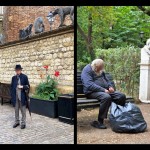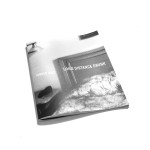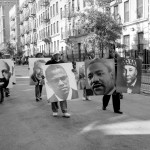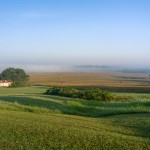Looking Back: The Photography of Lewis Watts
In an era when the discordance of daily life more often than not overshadows fleeting moments of intimacy, Lewis Watts invites us to pause, reflect, and engage with the layers of connection and history embedded in the communities he documents.
The exhibition, “Looking Back: The Photography of Lewis Watts” on view at the Center for Photographic Art in Carmel, CA through February 9, 2025, showcases a curated selection of Watts’ work spanning nearly 40 years, illuminating his exploration of identity, memory, and the complex narratives that define our shared human experience.
Actually, Watts’ photography transcends mere documentation; it serves as a meditative dialogue between the observer and the observed. By revealing the poetry embedded within the Black experience—whether in New Orleans, Harlem, Paris, Oakland or beyond—Watts coaxes us to engage with his images on a deeply personal level, all the while amplifying social and cultural contexts that inform his frames.
Through Lewis Watts’ lens, we are called to witness the beauty and complexity of the world around us and are reminded of the power of photography to not only document but also to provoke thought and inspire dialogue.
This is not merely an exhibition of photographs; it is an invitation to reflect on our own lives and connections to the people and the spaces we inhabit. It challenges us to recognize the stories that shape our communities and to honor voices that have been historically silenced.
An interview with the artist follows.
Lewis Watts is a photographer, archivist/curator and Professor Emeritus of Art at UC Santa Cruz where he taught for 14 years. Before that he taught in the College of Environmental Design at UC Berkeley. His research and artwork centers around the “cultural landscape” primarily in communities in the African Diaspora. He is a documentary photographer and he also examines the archive of 19th and 20th Century African American Literature and ephemera. He is the co- author of Harlem of the West: The San Francisco Fillmore Jazz Era (Heyday Books Berkeley 2020), New Orleans Suite: Music and Culture in Transition (UC Press 2013) and Portraits (Edition One Press, Berkeley 2020). His work has been exhibited at and/or is in the collections of The Zimmerli Museum, Rutgers University (Seize the Time), Staatliche Kunstsammlungen, Dresden, Germany, Jordan Schnitzer Museum of Art: University of Oregon, Autograph London, The San Francisco Museum of Modern Art, the Citè de La Musique, Paris France, The Ogden Museum of Southern Art, New Orleans, The Oakland Museum of California, The Neuberger museum of Art, Purchase NY, The Amistad Center for Art and Culture, Hartford, Conn, Light Work, Syracuse NY, The Paul Sack Collection, San Francisco, The McEvoy Foundation, San Francisco among others. He is currently working on the following photographic projects: “Charleston and the Low Country” for the International African American Museum in Charleston South Carolina, as well as the long-term projects “Portraits of Black Creatives,” and “Effects of Migration throughout America, Europe, the Middle East and Africa.”
Instagram: @lwattsjr
JW: How did you find your path with your work, Lewis? What inspired you early on in your career?
LW: When I started photographing, the first place I went was to West Oakland because the people and landscape reflected evidence of the Southern roots of the inhabitants which was my own family’s story. My parents were both born in the South and migrated to Seattle. I then started photographing in New Orleans and other parts of the South to document the source of the Great Migration and what had changed and what had remained the same in that process.
JW: How do you decide where to photograph?
LW: I pick places that reflect aspects of the African Diaspora and also places that I want to find out more about. Photography allows me to get into situations that I have no business being in and it scratches a number of curiosity itches. I also pick places that reflect my interest in culture and history. I picked Harlem because it is an epicenter of history and culture and I have also photographed aspects of the African Diaspora in Europe and, of course, in Africa.
JW: In your images with people, I enjoy seeing how people watch you seeing them – in other words, how people respond to your gaze. Tell us a bit more about that. Is it the way you approach them? Something you say?
LW: Once I accepted that being rejected was a part of the process, I was able to approach people in the street and in other situations with more confidence. I think that people pick up on that. I can also use people’s reactions as a marker of how much I am really into the situation that I am photographing. When folks are not into it, I know that I have to change my own mind set and relax and try again or move on.
JW: What’s next on your horizon?
LW: I’m am very interested in photographing in West Africa, Brazil, returning to Cuba, New Orleans, Harlem, and continuing a project in Charleston, South Carolina where I contributed a portfolio to a book that the newly opened International African American Museum just published, “The African Ancestor’s Garden” by Walter Hood. I want to expand that work on the Gullah history and culture which is pervasive in that region.
JW: Film or digital?
LW: I still shoot film for some projects and mostly digital for others. I try to use the tools appropriate for the situation and logistics of the subject matter.
Judy Walgren is a Pulitzer prize-winning journalist, photographer, photo editor, curator and full-time faculty member in the Photography Department at Foothill College in Los Altos, California. Before entering academia, she was the director of photography at the San Francisco Chronicle. Walgren is co-author of Critical Photojournalism: Ethics, Practice and Business with Tara Pixley, PhD, to be published in 2025 by Routledge. She lives in San Francisco, CA.
Instagram: @judywalgren
Posts on Lenscratch may not be reproduced without the permission of the Lenscratch staff and the photographer.
Recommended
-
Suzanne Theodora White in Conversation with Frazier KingSeptember 10th, 2025
-
Jake Corcoran in Conversation With Douglas BreaultAugust 10th, 2025
-
Student Prize 2025: Top 25 to WatchJuly 20th, 2025
-
MOPD Reviews: Paul Stein: Nothing Is RevealedJuly 2nd, 2025
-
Jordan Gale: Long Distance DrunkFebruary 13th, 2025

